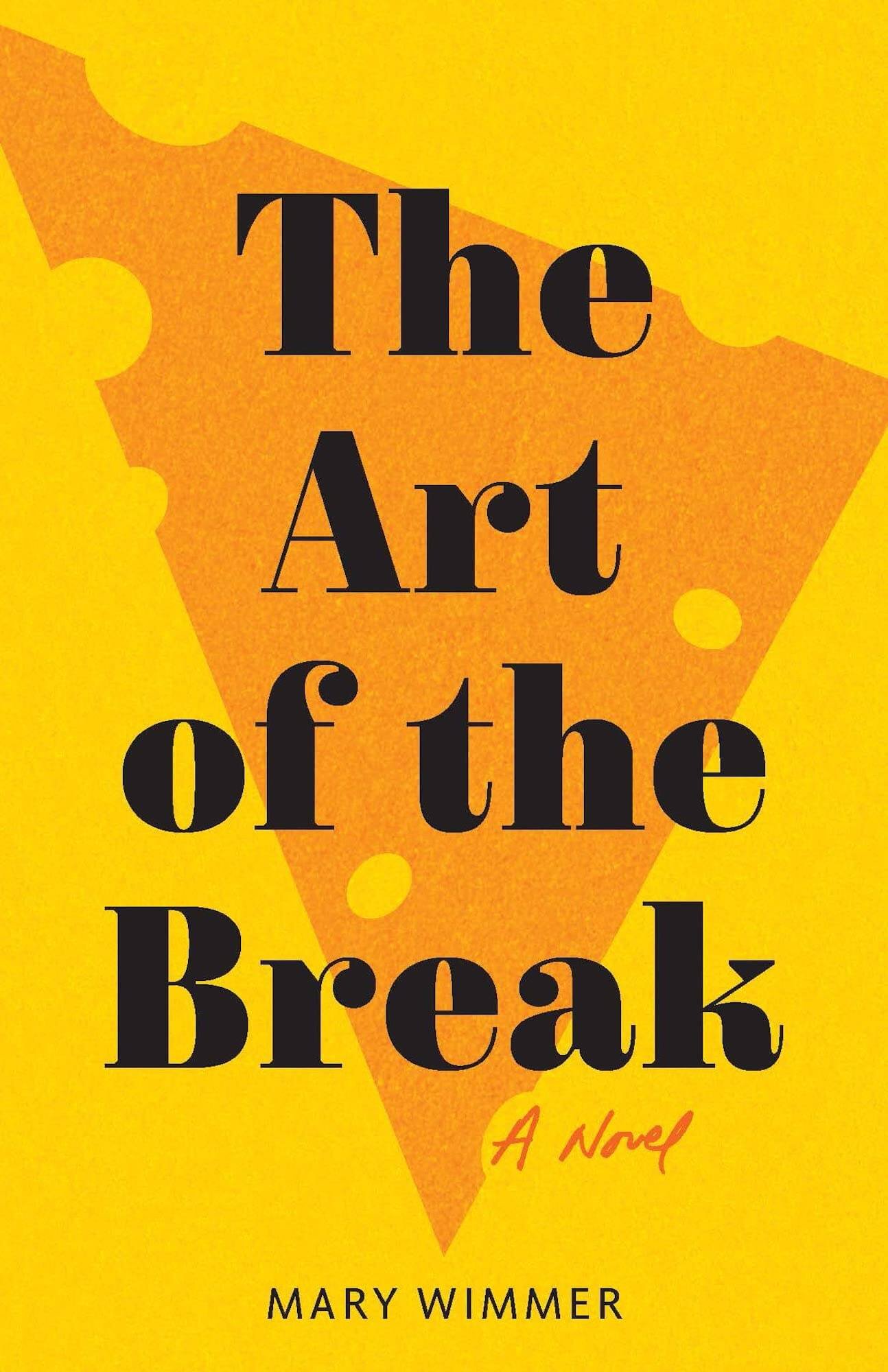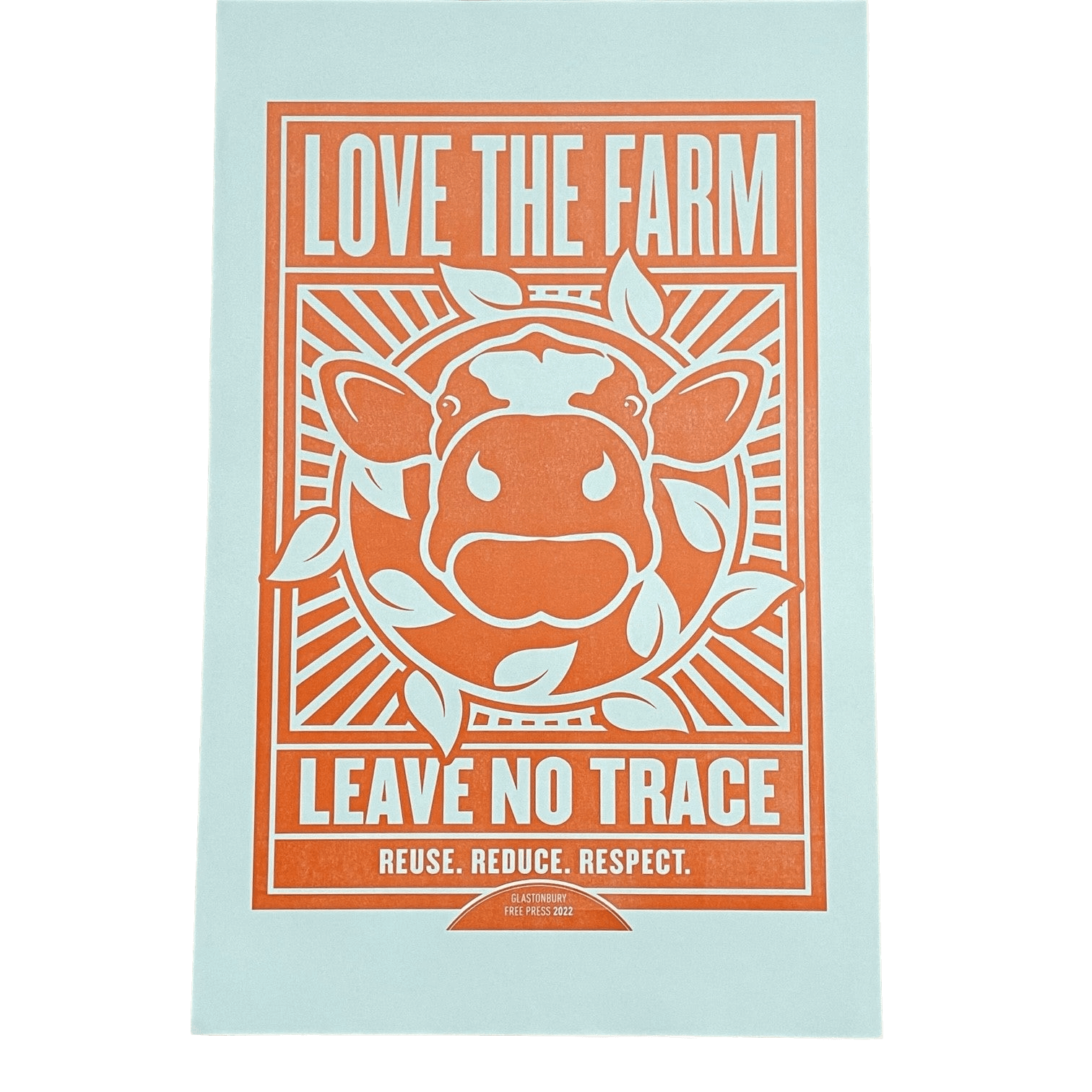Why Mary Wimmer Chose Cheese as the Subject of Her New Novel
The Art of the Break credit University of Wisconsin Press
For Mary Wimmer’s latest novel—The Art of the Break, published by the University of Wisconsin Press in October, the genesis of the plot traces back to cheese. As a Milwaukee, Wisconsin, native and resident, she’s surrounded by world-class cheese. What better setting for her characters to be immersed in? Without giving too much away, this novel—set in the 1970s—chronicles Charlotte (known as “Charlie”) Sobczak’s passion for and frustrations with making cheese at her late father’s cheese factory (the fictitious Morgan Cheese Factory), tucked in her rural Wisconsin hometown, a journey that requires her moving from the big city of Milwaukee to make it all happen. As for the title, it’s a clear reference to cheese: a clean break is when you plunge a clean finger into the gelled milk and it breaks cleanly around your finger when lifted. But a clean break is also part of Charlie’s quest for a more fulfilling life and to finally let go of her guilt over a family tragedy.
What inspired you to write a novel centered around Wisconsin cheese-making? Was it a particular moment or experience?
A friend took me to a cheese factory up north in Wisconsin when I was in college. Being from Milwaukee, I had never had cheese curds and was accustomed to processed cheese found in grocery stores in the suburbs. I was blown away by the freshness and loved the taste of the curds. I remember the cheesemakers stood behind the vat wearing white T-shirts and white aprons, clearly proud of their product. I especially liked their tall, Wellington-style boots!
Although this is a work of fiction, you mention in the book’s Acknowledgements you spoke with many Wisconsin cheesemakers as part of your research. How did one or more of them inspire a character or character trait?
Mary Wimmer photo credit Mary Wimmer
When I visited Roth Cheese in Monroe, Wisconsin, there was a French cheesemaker working on an experimental batch and I watched him monitor the milk mixture heating in the vat. He patiently took readings, waited, and then dipped the back of his fingers into the mixture to determine whether he could call a clean break and move to the next step in the process. This process fascinated me and became a key aspect of the story. Charlie wants to leave her marriage, take over the family cheesemaking business, and make a clean break from unhealthy ways of thinking of events such as blaming herself for her sister’s death. The idea of a clean break worked on many levels.
In Monroe, I visited the National Historic Cheesemaking Center Museum. Being a history buff, I was very inspired by the history of cheesemaking in Wisconsin. Cheesemakers came here from Europe, bringing recipes and traditions, and I tried to convey this through Charlie’s family history—her father’s family emigrated from Germany and were dairy farmers. Also, Charlie’s mother’s friend, who makes Gouda cheese, came to Wisconsin from Holland because of the German occupation during World War II. I loved The Master Cheesemakers of Wisconsin by James Norton and Becca Dilley because it described how families came to Wisconsin from Switzerland, Germany and Italy and started making cheese in a landscape that reminded them of home. They told family and friends back in Europe how good Wisconsin was for cheesemaking, encouraging them to come here, too.
As I learned more about cheesemaking, I was intrigued by the science and complex technical aspects of the process. Charlie has a passion for the science of cheesemaking and majored in biochemistry at the University of Wisconsin-Madison. Dean Sommer, a cheese and food technologist at UW-Madison’s Center for Dairy Research, helped me understand what Charlie would be studying in the 1970s with regard to cheesemaking, such as how phage, an attack virus, can ruin a batch of cheese.
Name a fun fact you learned about cheesemaking while writing this book, whether it ended up in the novel or not.
Cheddar cheese is thought to have originated in Somerset, England, where Charlie’s ancestors owned a farm. I wrote a chapter set in England that didn’t make it into the book. Charlie goes to Somerset and meets a relative who still works at the family’s cow and sheep farm. While researching the area, I learned that the Glastonbury Music Festival is held in Somerset. I ordered and framed the festival’s Love the Farm poster featuring a fun image of a cow which inspired me as I wrote the novel. I would like to travel to Somerset, attend the festival, and tour cheese factories and cheese caves. What could be cooler than music, cheese, and a gorgeous, green-hilled countryside?
Your protagonist faces an uphill battle with the community as she tries to resurrect her family's cheese factory and make cheese. She faces a lot of resistance. Do you think this is true for many female cheesemakers today--in Wisconsin or elsewhere--or have things changed since then? In the Acknowledgements you also mention speaking with Marieke Penterman of Marieke Gouda and Julie Hook of Hook's Cheese, two award-winning cheesemakers in Wisconsin. Did they share anything with you about what it's like to be a female cheesemaker today?
I knew I wanted to write about a woman cheesemaker so I started gathering information by attending an event hosted by Jeanne Carpenter (cheese enthusiast and blogger) at the Firefly Coffeehouse in Oregon, Wis., during the summer of 2017. We sampled cheese from four Wisconsin women cheesemakers: Anna Landmark of Landmark Creamery, Marieke Penterman of Marieke Gouda, Diana Murphy of Dreamfarm and Brenda Jensen of Hidden Springs Creamery. Shortly afterwards, I was able to interview Marieke Penterman. Marieke is a strong advocate for women in the cheesemaking business. When Charlie decides to rebuild her family’s cheese factory, she envisions teaching women the science and art of making cheese. This was inspired by the young women interns who sat in on my interview with Marieke.
I asked Julie Hook of Hook’s Cheese Company about cheesemaking now and in the 1970s. After cheesemaking operations became large and automated, she and her husband made the decision to continue to make cheese manually, to age cheddar longer, and to concentrate on artisan cheese. She emphasized the need to find employees who have passion for making cheese.
In the 1970s, when my story takes place, it was hard for women to open any kind of business because of gender discrimination in credit transactions. Charlie applies for a loan extension and gets turned down, which was not uncommon in the United States during that time. In 1972 the National Commission on Consumer Finance uncovered what was happening to women who applied for credit. The National Organization for Women and the American Civil Liberties Union got involved. Single women were more likely to be refused a loan than single men. Also, when a woman got married, she usually was required to re-apply for credit and accounts were put in the husband’s name. The hearings and advocacy produced the Equal Credit Opportunity Act which prohibited discrimination on the basis of sex or marital status during credit transactions with banks, mortgage lenders and others.
What are some of your favorite Wisconsin cheeses--and why?
I love Hoard’s Dairyman Farm Creamery’s Sark, because it melts so nicely on a bagel, which is a tasty lunch treat. I do love cheddars made by Hook’s Cheese Company, Decatur Dairy and Renard’s Cheese, especially sharp cheddars because they are so flavorful. I use Sartori’s Classic Parmesan on everything from salads to Paellas.
Do you have a favorite cheese shop you like to support in Wisconsin? What makes it so special or unique?
The Village Cheese Shop in Wauwatosa, Wisconsin. It is a gorgeous little shop where you can get cheese from Wisconsin cheesemakers like Marieke Gouda. During the lockdown I would order a salad and cheese, pick it up, and go down to the shoreline of Lake Michigan and have a picnic watching the water and boat traffic. Wisconsin Cheese Mart in downtown Milwaukee has been around for more than 80 years and carries a huge selection of Wisconsin cheeses. The store was the inspiration for the cheese shop where Charlie worked as a cheesemonger before she moved back to Falls River.
Looking ahead to the winter holidays, will cheese be part of your celebrations? How do you plan to cook or serve a meal or snacks involving Wisconsin cheese?
On Christmas Eve, we are often in Florida at a friend’s house, and she creates a classic cheese ball served with crackers. It is basically a large ball of soft and grated cheeses and seasonings, covered in slivered almonds or chopped pecans. You can use a cracker to “dip” into the cheese ball, but the cracker may break off if the cheese ball has just been pulled from the fridge. Best to use one of those fancy little cocktail knives or a regular knife to spread the scrumptious mix onto a cracker.
What are you working on next, writing-wise? Will this also involve cheese--or another decadent delight?
I am working on a story that takes place in Door County, Wisconsin, with scenes in Chicago as well. The story is not specifically about food as in The Art of the Break but will involve some breadmaking and Door County cherry pie. I am tempted to include a cheese factory and cheesemaker in some fashion. That’s all I can say!




